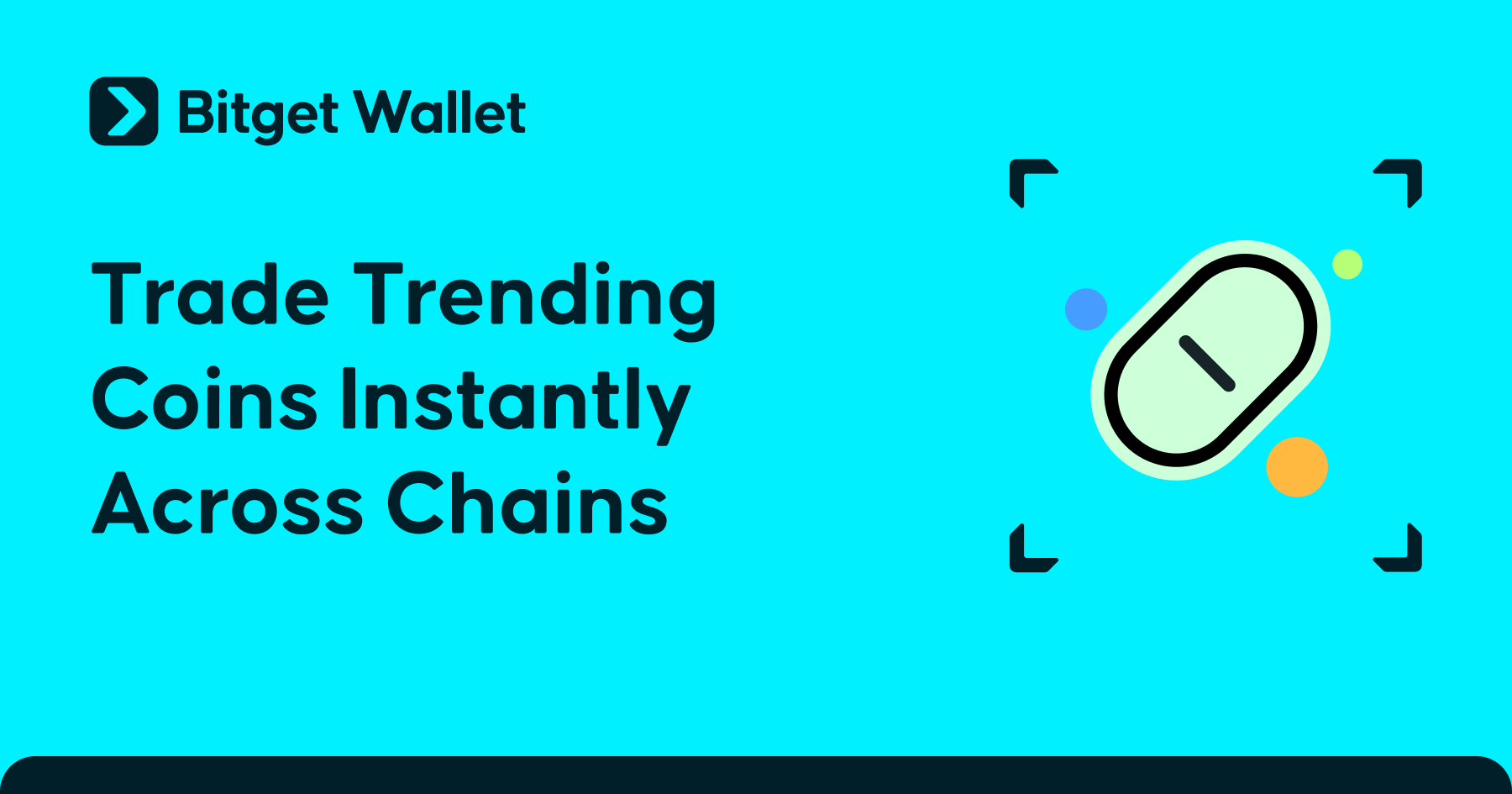Understanding Modular Blockchain: Concepts and Applications

Modular blockchain is a new approach in blockchain technology that separates the system into distinct layers or modules. Unlike traditional monolithic blockchains, which integrate all functions into a single layer, modular blockchains enhance performance and scalability by dividing responsibilities among specialized components.
What is Modular Blockchain?
To understand modular blockchain, one has to start with the basics of blockchain.
Blockchain technology has revolutionized various sectors by offering decentralized, transparent, and secure methods for managing digital transactions and data. Traditionally, blockchains have been monolithic, with a single integrated system handling all functions from consensus to execution. However, the emergence of modular blockchain architecture introduces a new paradigm, offering enhanced flexibility, scalability, and efficiency.
By segmenting core functions such as consensus, data storage, and smart contract execution into independent modules, each part of the system can be optimized and updated separately. This separation not only maintains network stability but also improves interoperability between different blockchain systems.
Modular blockchain represents a significant advancement in blockchain technology, offering flexible scalability and enhanced connectivity. It paves the way for more efficient decentralized applications and blockchain services.
Advantages of Modular Blockchain
-
Scalability: Modular blockchain design significantly enhances scalability. By separating consensus, storage, and execution layers, each component can be scaled independently according to demand. This modular approach helps prevent bottlenecks and ensures smooth transaction processing as network activity increases.
-
Flexibility: The modular structure offers flexibility to tailor each component to specific requirements. Developers can customize the execution layer for various smart contract needs or adjust the consensus mechanism to meet different security and performance goals.
-
Interoperability: Modular blockchains facilitate better interoperability between different blockchain networks. By standardizing communication protocols between layers, modular systems can more easily integrate with other blockchains and systems, fostering a more connected and diverse ecosystem.
-
Upgradability: Upgrading a monolithic blockchain can be challenging and disruptive, often requiring a complete overhaul of the system. In contrast, modular blockchains allow for incremental updates and improvements to individual layers without impacting the entire network. This feature helps maintain stability and continuous innovation.
Related content: What is the Blockchain Trilemma?
Key Components of Modular Blockchain
Modular blockchains represent a significant evolution in architectural design, replacing the "one-size-fits-all" approach commonly used in Web3. The modular architecture divides blockchain functionality into independent components—execution, networking, consensus, and data storage—allowing each component to operate more efficiently and flexibly.
-
Consensus Layer: This layer ensures that all participants in the network agree on the state of the blockchain. Using consensus algorithms like Proof of Work (PoW) or Proof of Stake (PoS), it validates transactions and secures the network, maintaining consistency and safety across the blockchain.
-
Data Storage Layer: Efficient data management is crucial for blockchain performance. This layer handles the storage and retrieval of blockchain data, optimizing for speed and efficiency. Advanced techniques such as sharding or off-chain storage can be applied to manage large volumes of data smoothly and swiftly.
-
Execution Layer: Responsible for executing smart contracts and processing transactions. By isolating this function, modular blockchains enable the deployment of complex and diverse applications without affecting the overall network performance.
-
Networking Layer: Ensures seamless communication between nodes in the blockchain network. It manages data transmission, node discovery, and network synchronization, allowing for effective and reliable interactions across the entire blockchain system.
Real-World Applications of Modular Blockchains
Modular blockchain architecture is creating transformative opportunities across various industries. Here are some prominent examples of how projects and sectors are leveraging this technology:
-
Finance: Modular blockchains like Polkadot and Cosmos are revolutionizing the financial sector by enabling cross-chain transactions and seamless interoperability between different financial systems. This enhances transaction efficiency and expands integration capabilities across financial platforms.
-
Supply Chain: In supply chain management, modular blockchains are instrumental in tracking goods, verifying transactions, and ensuring transparency among multiple stakeholders. By dividing functionalities, this technology minimizes disruptions and enhances trust throughout the supply chain.
-
Healthcare: Modular blockchains can significantly improve patient data management, bolster data security, and facilitate better interaction between healthcare systems and research institutions. The application of this technology streamlines data management and ensures the accuracy and safety of medical information.
Challenges and Considerations
Despite its numerous advantages, modular blockchain architecture also faces several challenges:
-
Technical Complexity: Implementing and managing multiple layers can increase the technical complexity of the blockchain system. Ensuring seamless integration and communication between these layers requires sophisticated design and development.
-
Security Concerns: Each layer in a modular blockchain can introduce potential security vulnerabilities. It is crucial to ensure that all layers are secure and resilient to attacks to maintain the overall integrity of the blockchain.
-
Trade-offs: While modular blockchains offer flexibility, the separation of components can sometimes lead to trade-offs in performance and efficiency. Balancing the benefits of modularity with potential drawbacks is essential for optimizing blockchain systems.
Future of Modular Blockchain
Modular blockchain represents a significant advancement in blockchain technology, offering superior scalability, flexibility, and upgradeability compared to traditional monolithic architectures. By separating blockchain functions into distinct layers, modular systems provide a more efficient and adaptable approach to building and managing decentralized networks. As blockchain technology continues to evolve, modular architecture will play a crucial role in shaping the future of blockchain applications and solutions.
To fully leverage the innovations of modular blockchain technology and manage your digital assets effectively, choosing a powerful and reliable wallet is essential. Bitget Wallet stands out with its advanced features such as Bitget Swap and up-to-date market data, offering you optimal security and convenience for managing a wide range of cryptocurrencies. Explore Bitget Wallet and experience cutting-edge technology that enhances your financial management in the blockchain world.
- What Is Crypto Fear and Greed Index: How Traders Read Fear vs Greed Signals2025-11-19 | 5 mins
- How to Pay with Crypto: Fast, Safe, and Beginner-Friendly Method2025-11-18 | 5 mins
- How to Convert Your Crypto to Cash: 5 Easy Ways for Beginners2025-11-18 | 5 mins

















